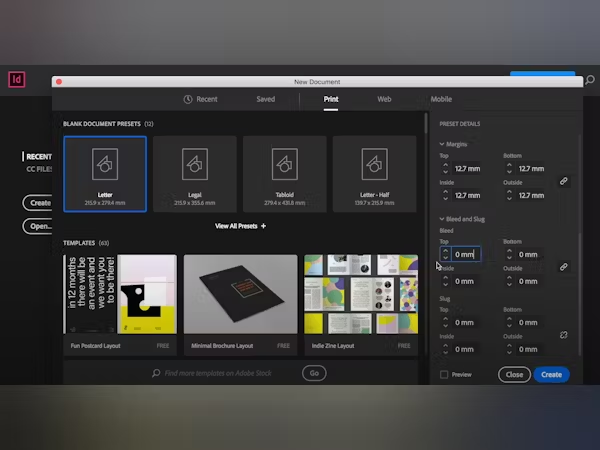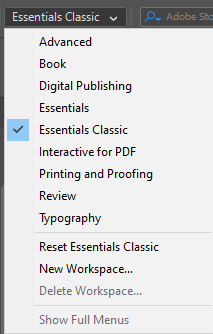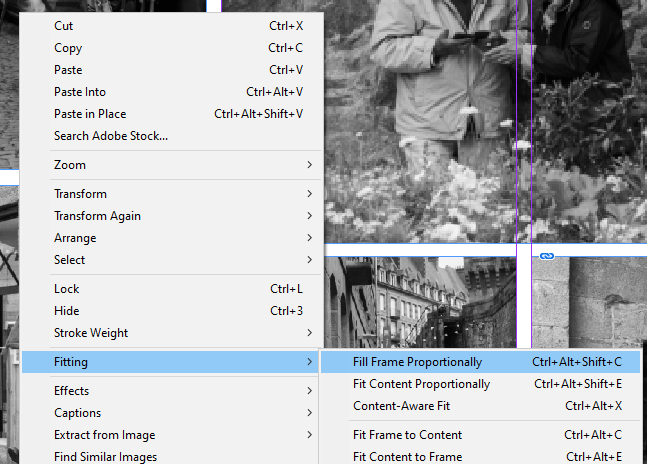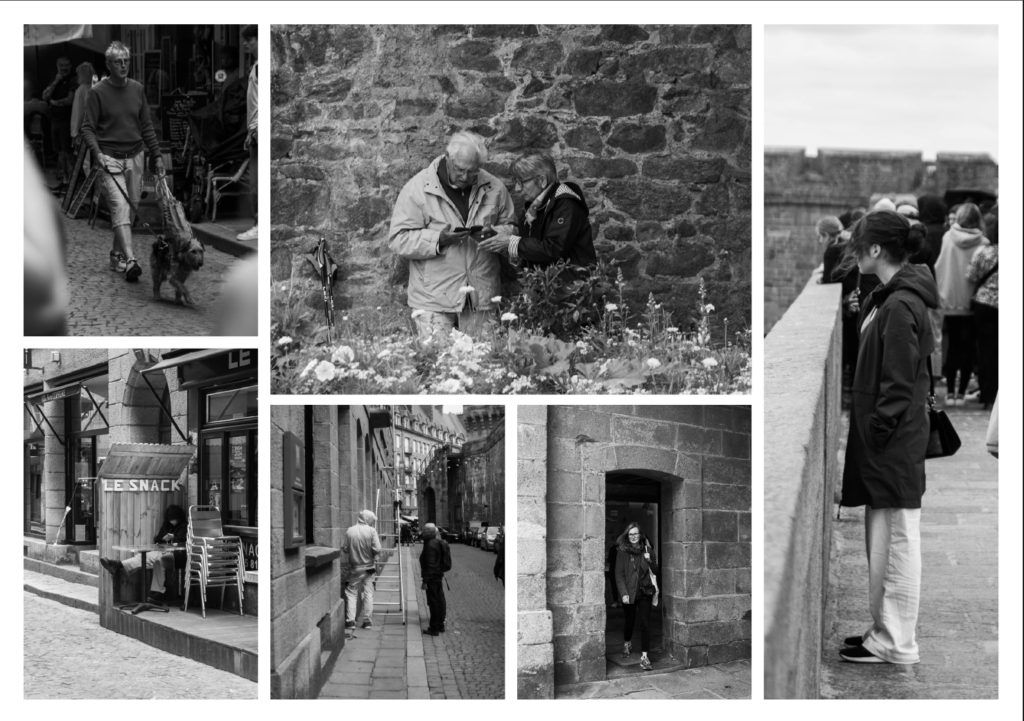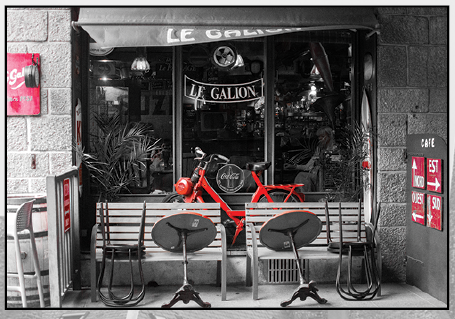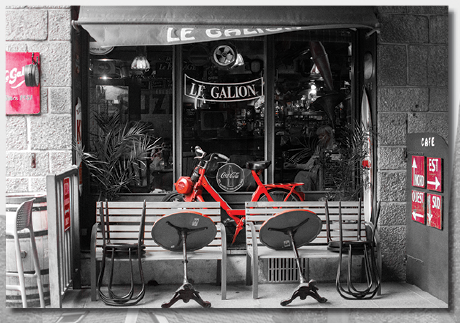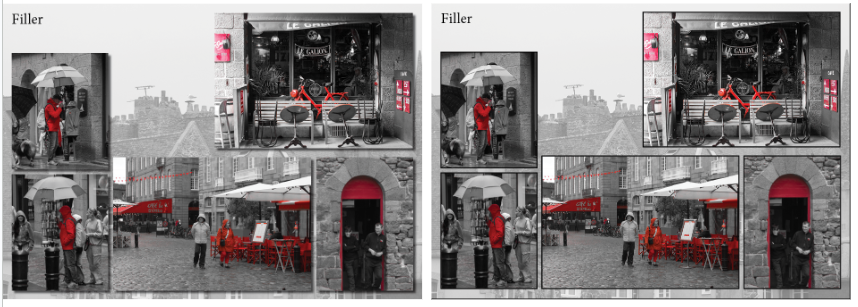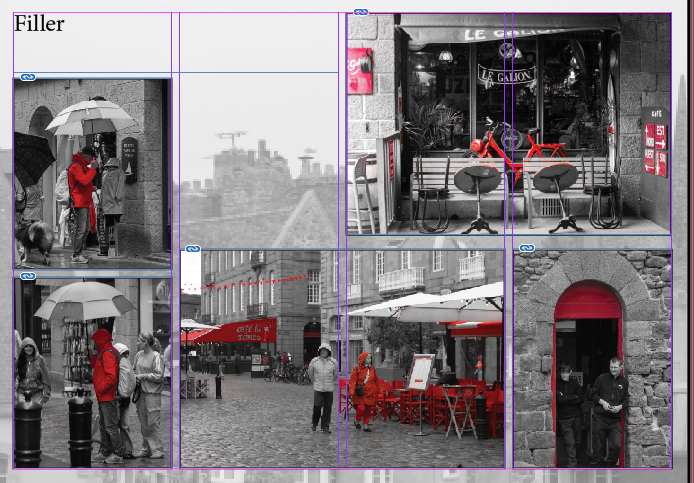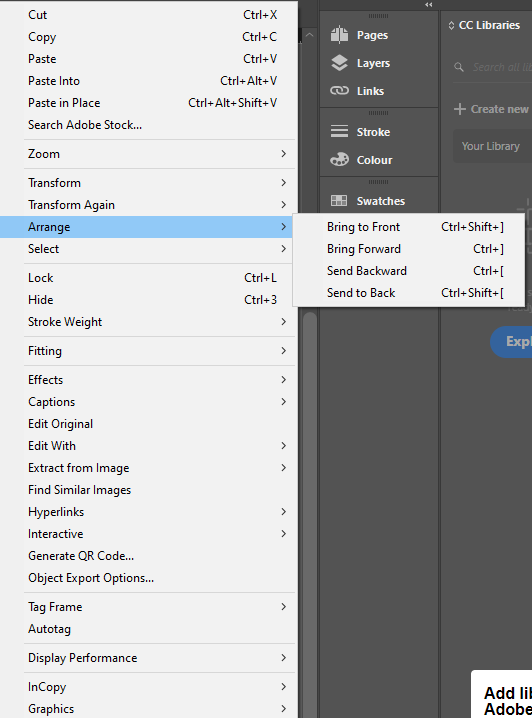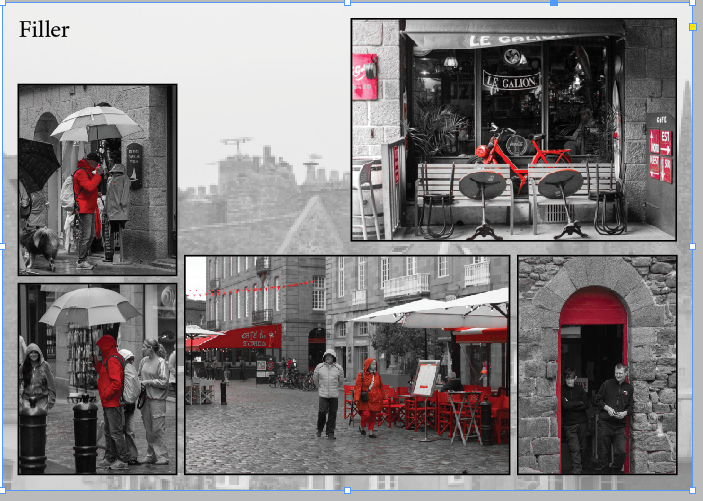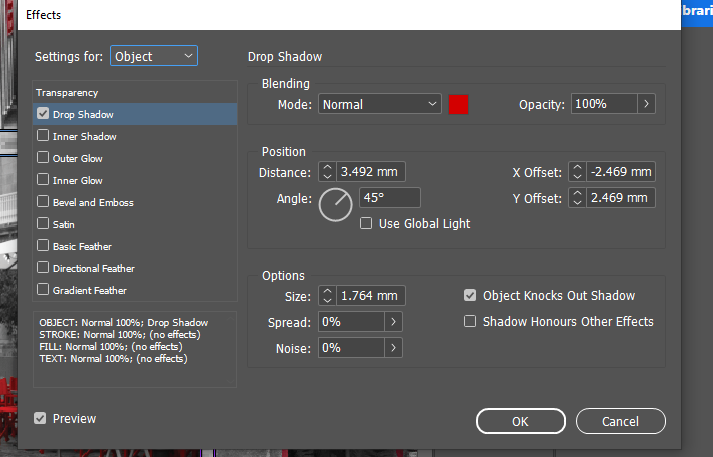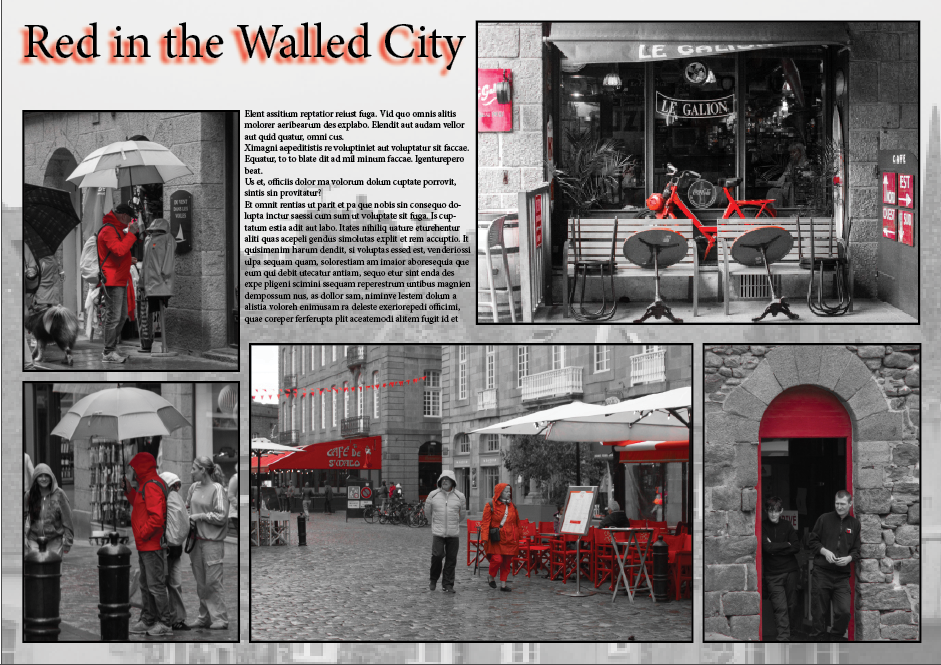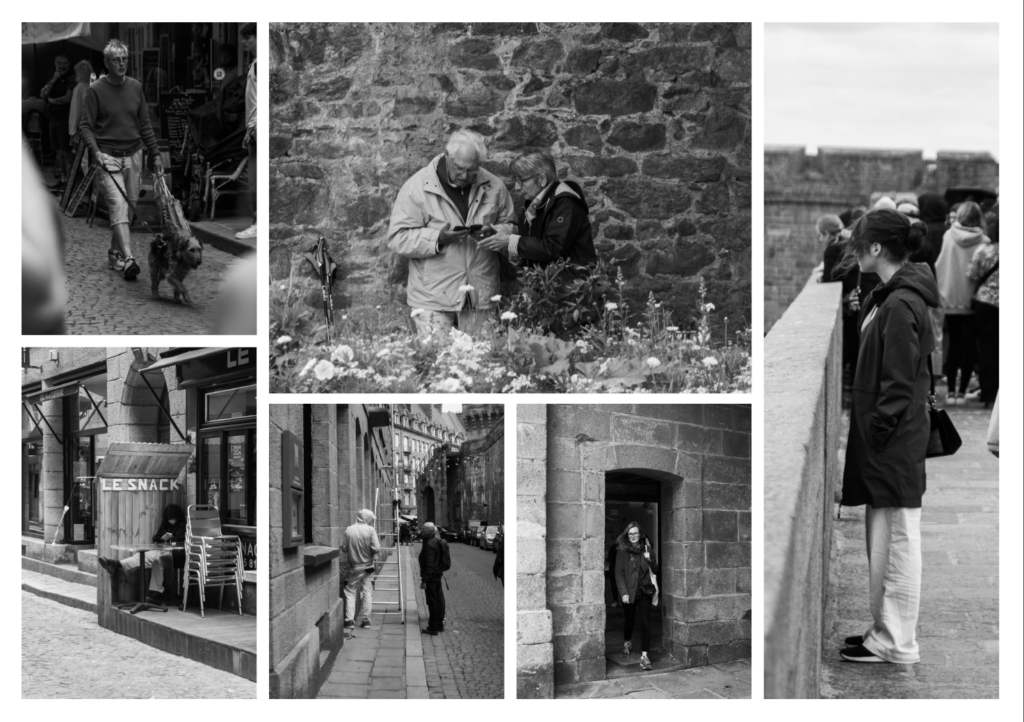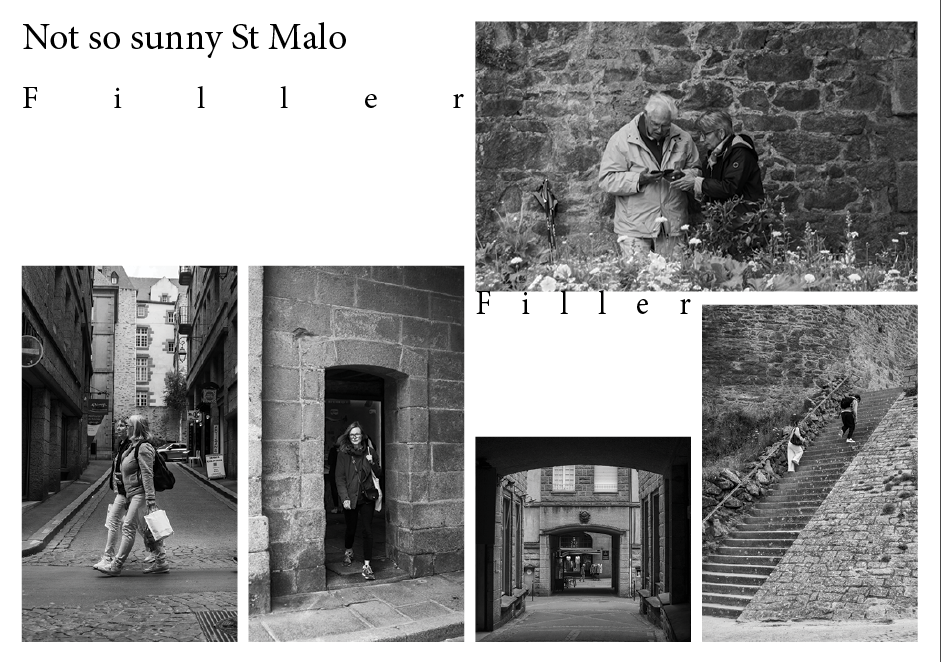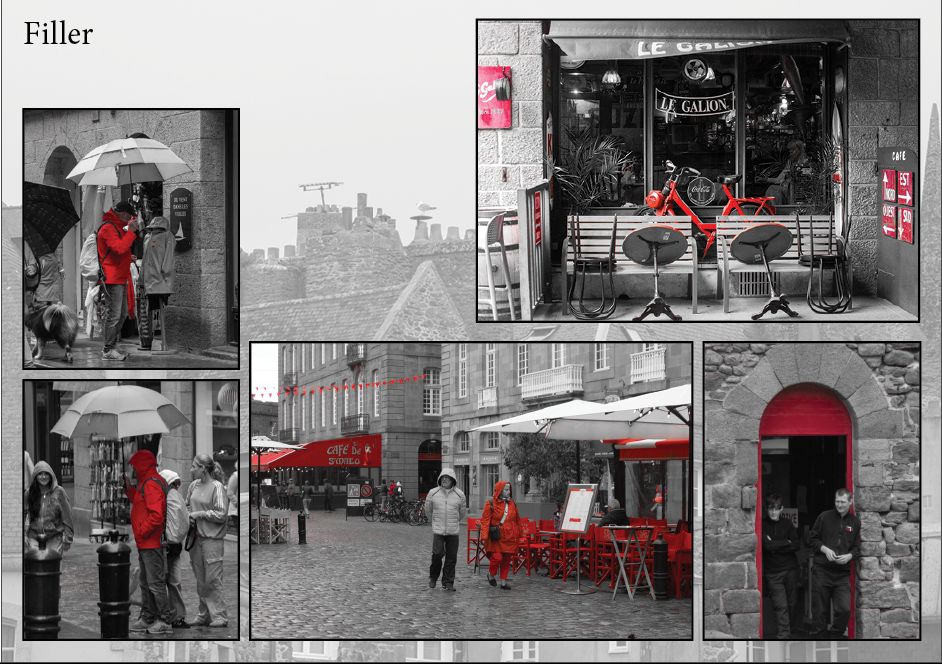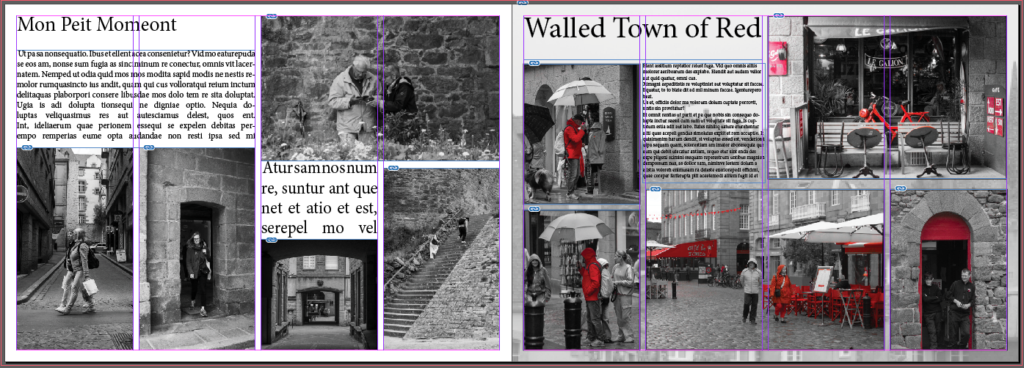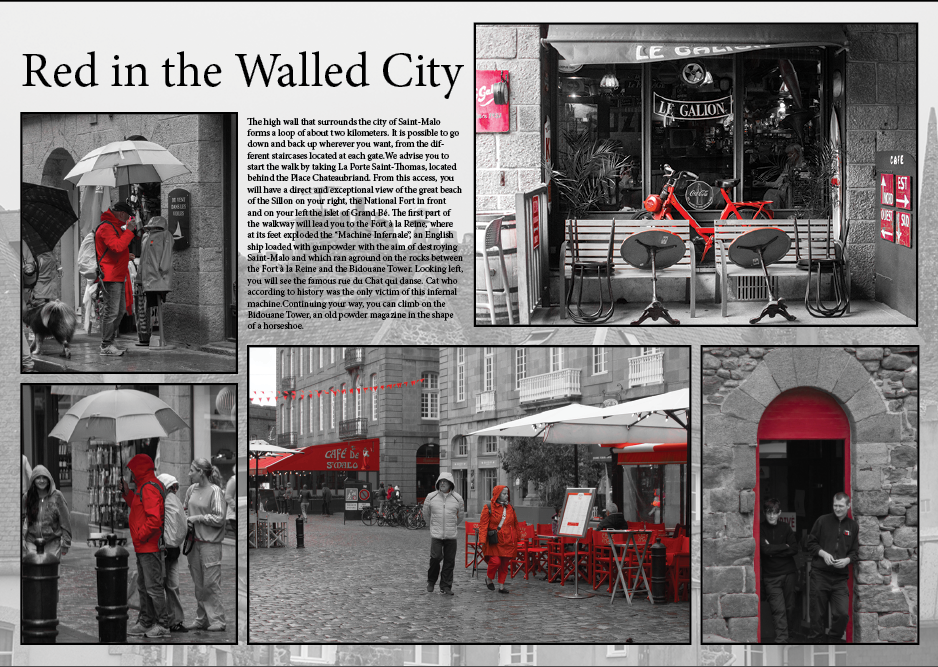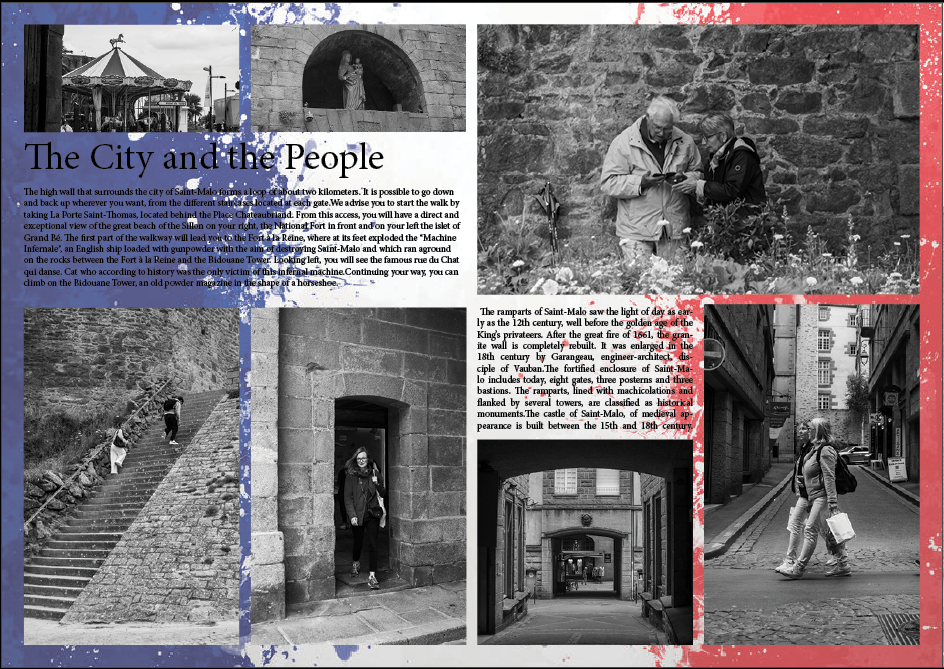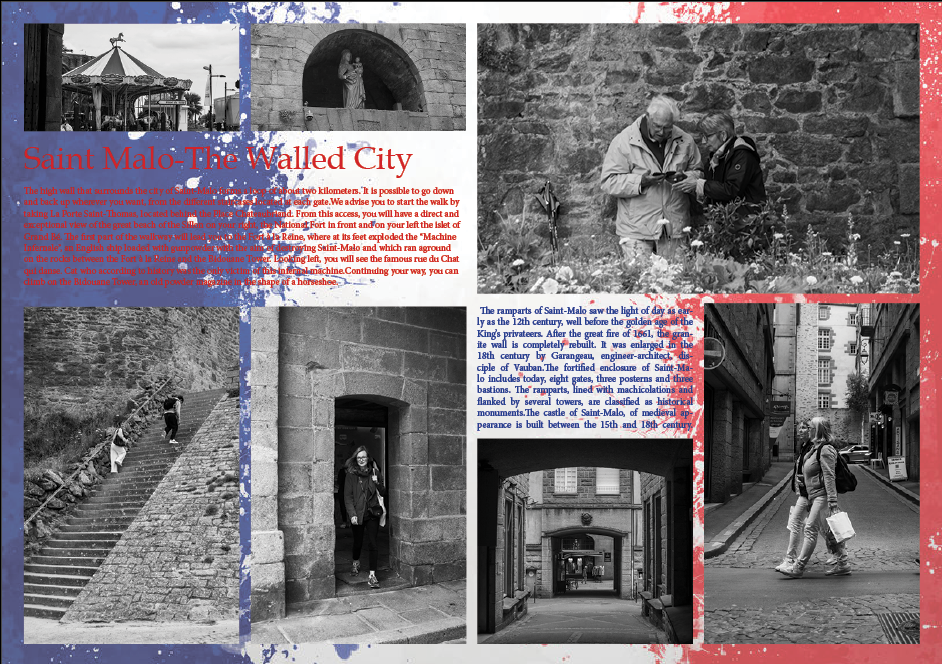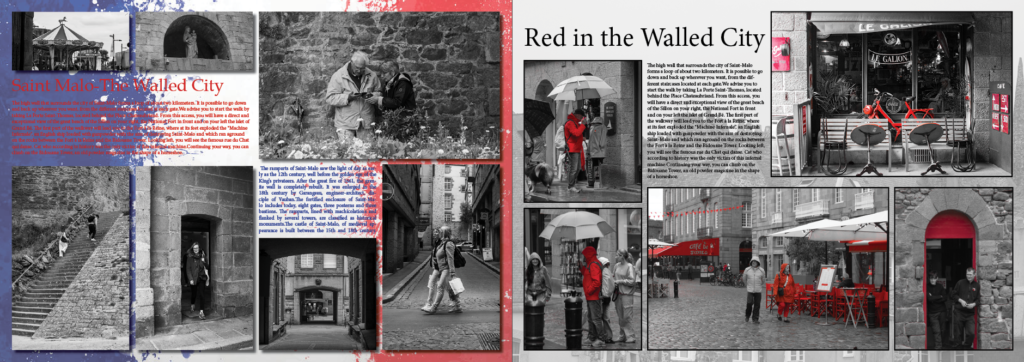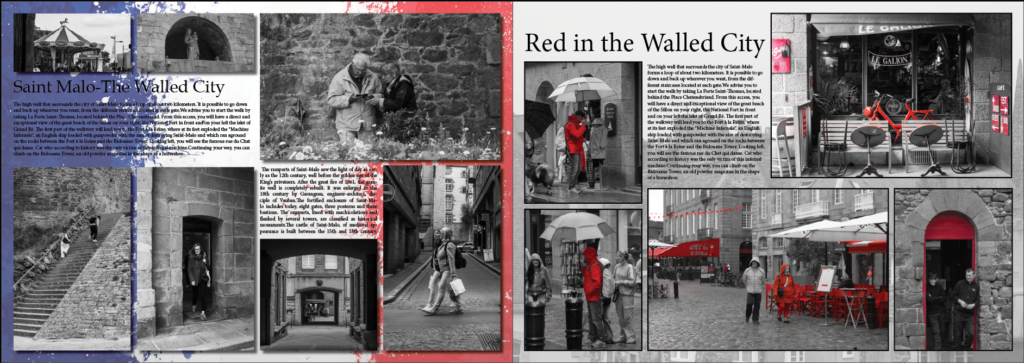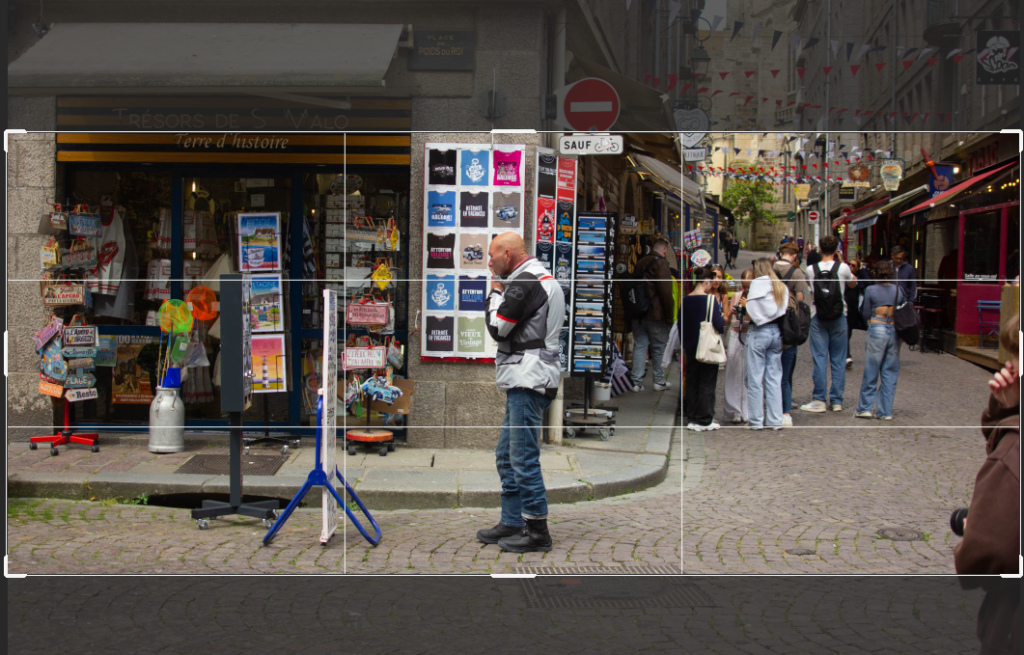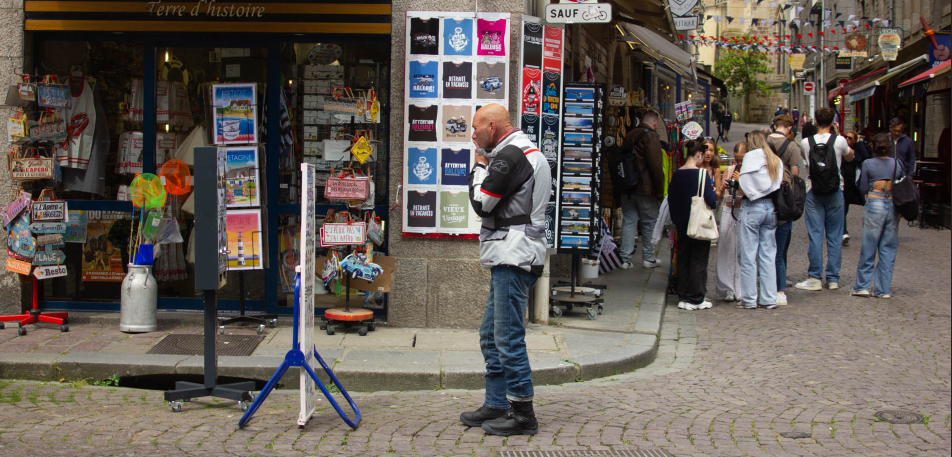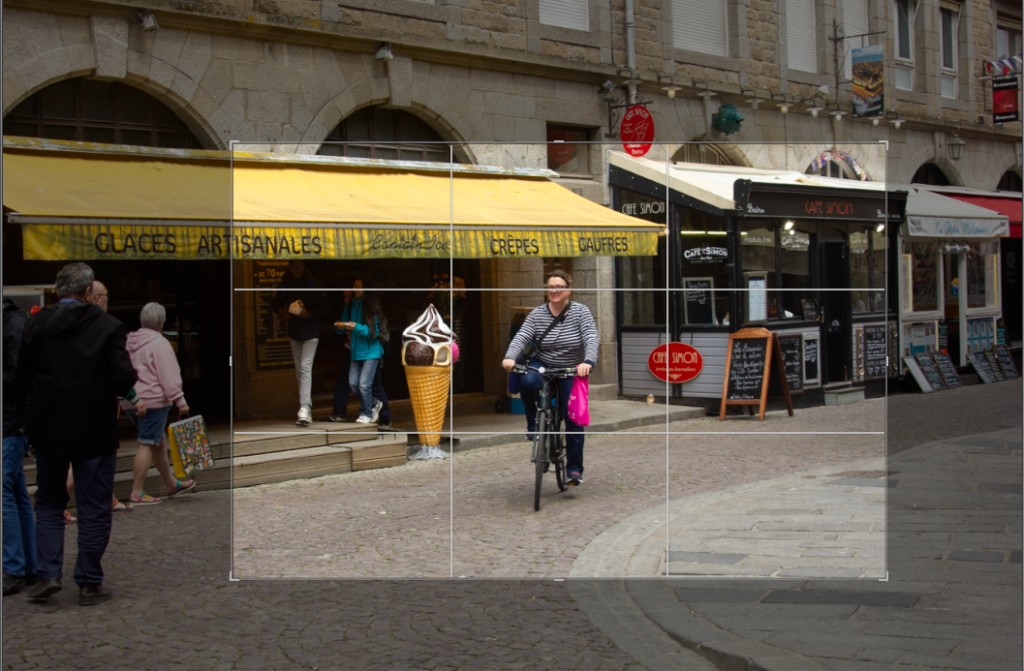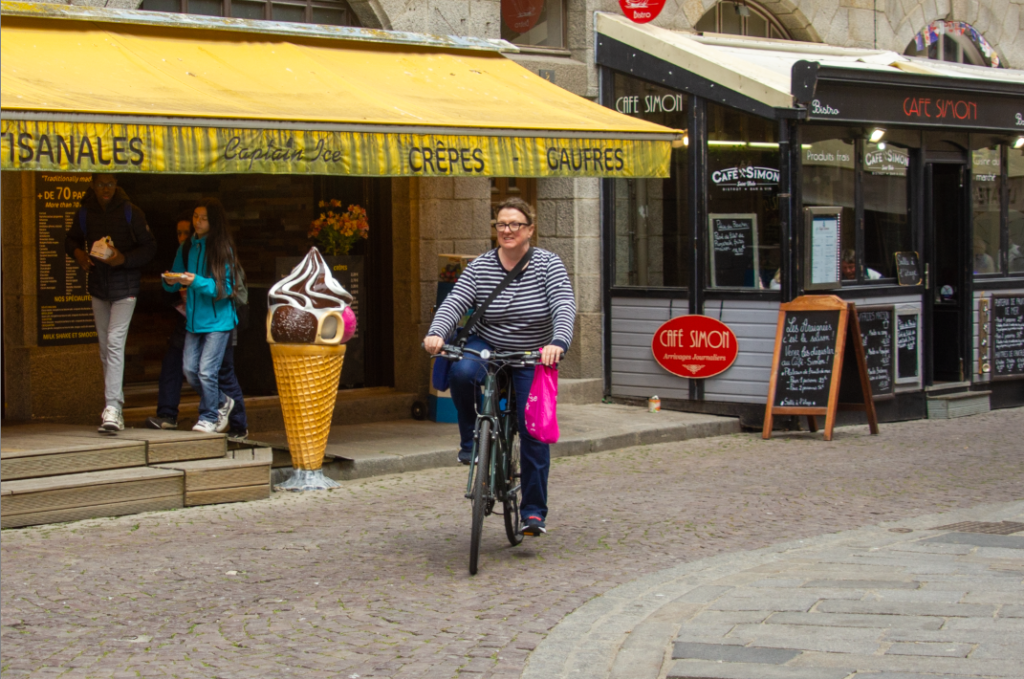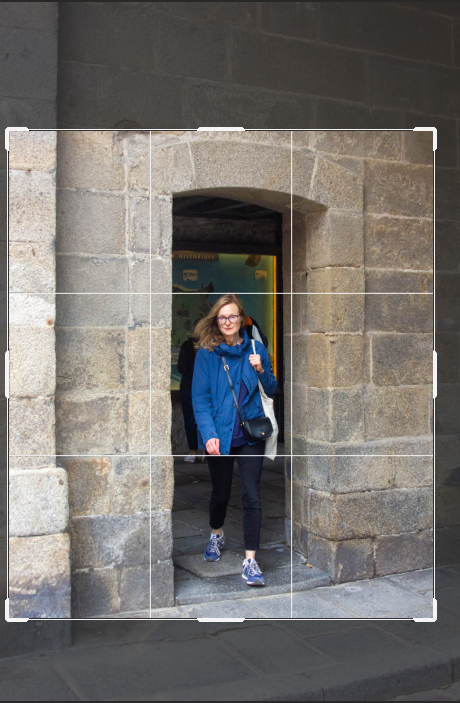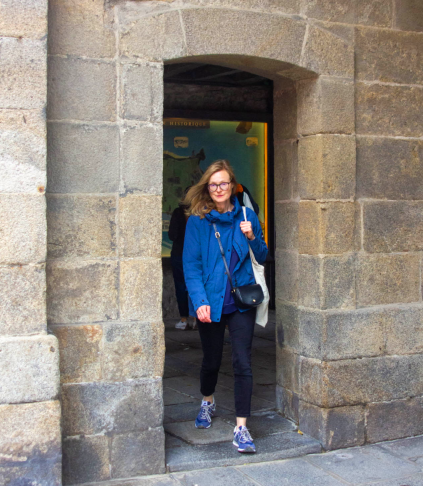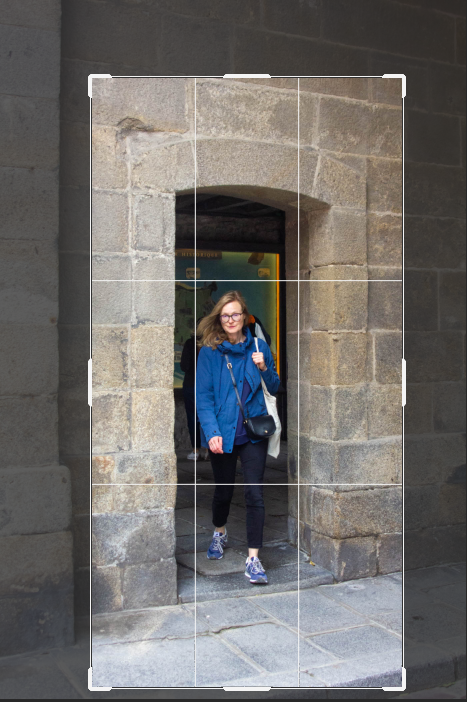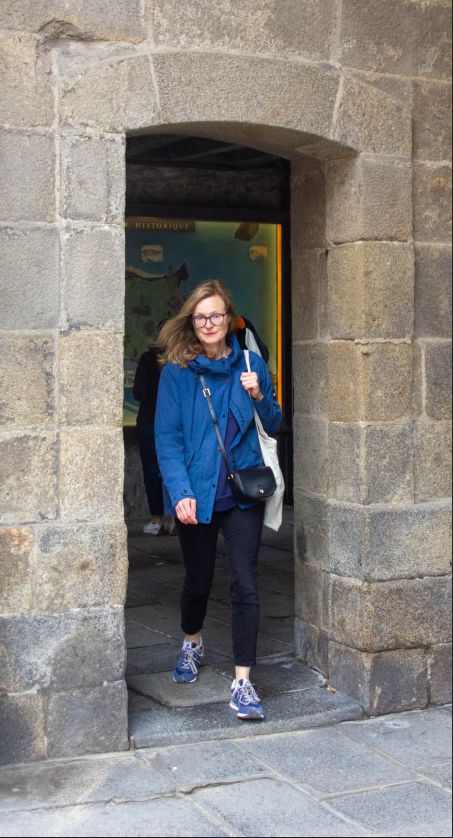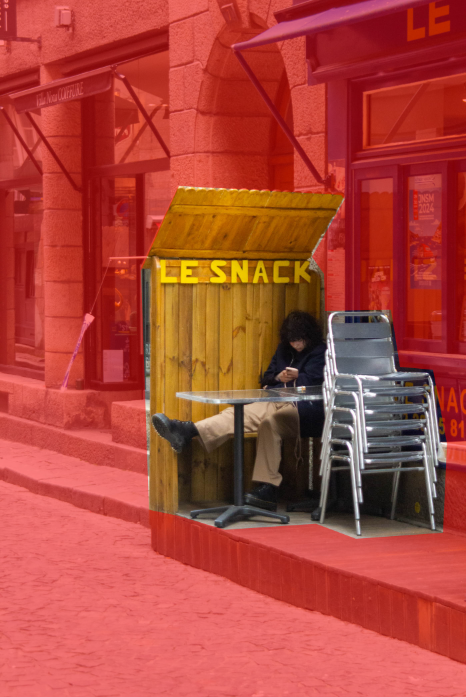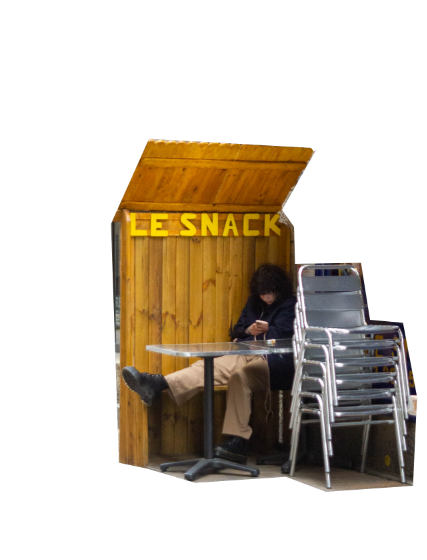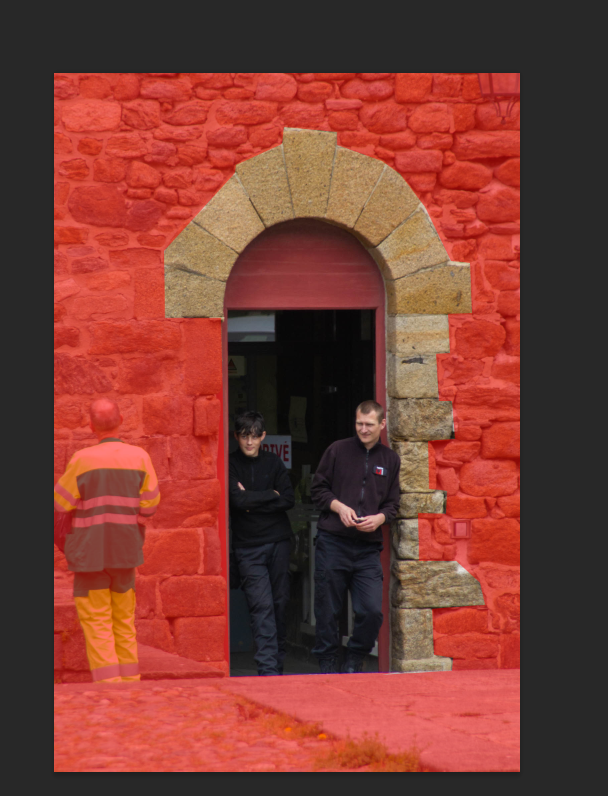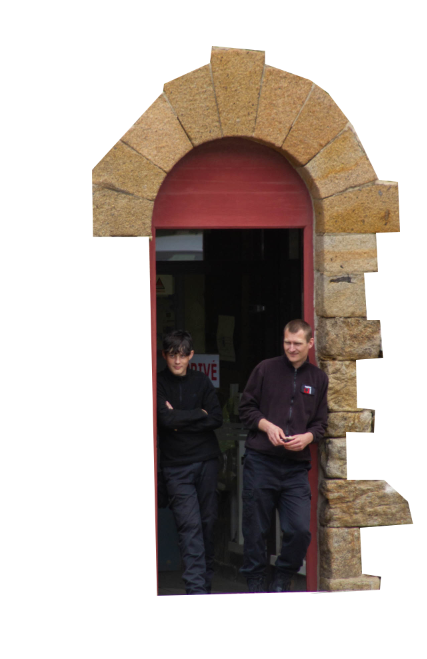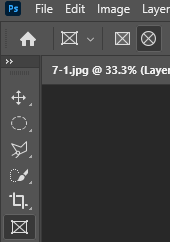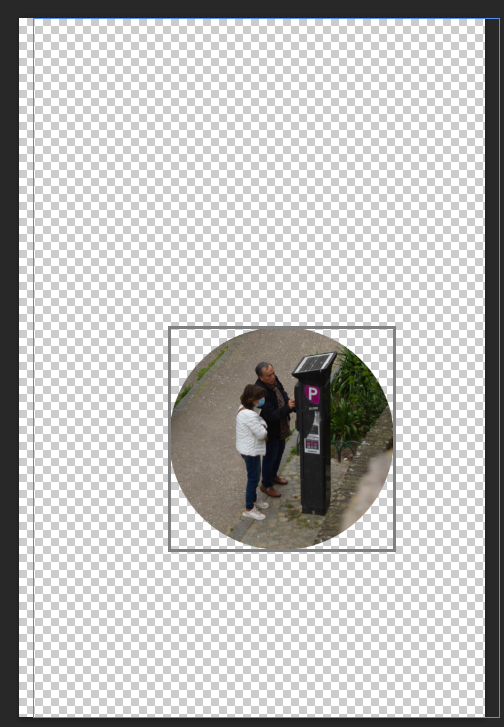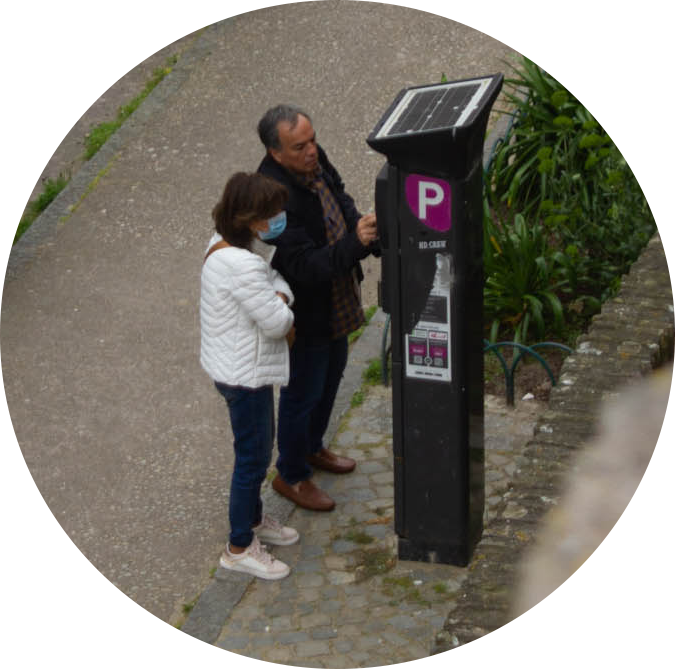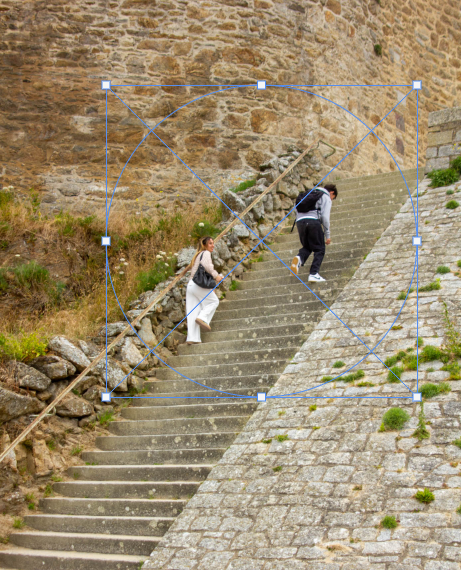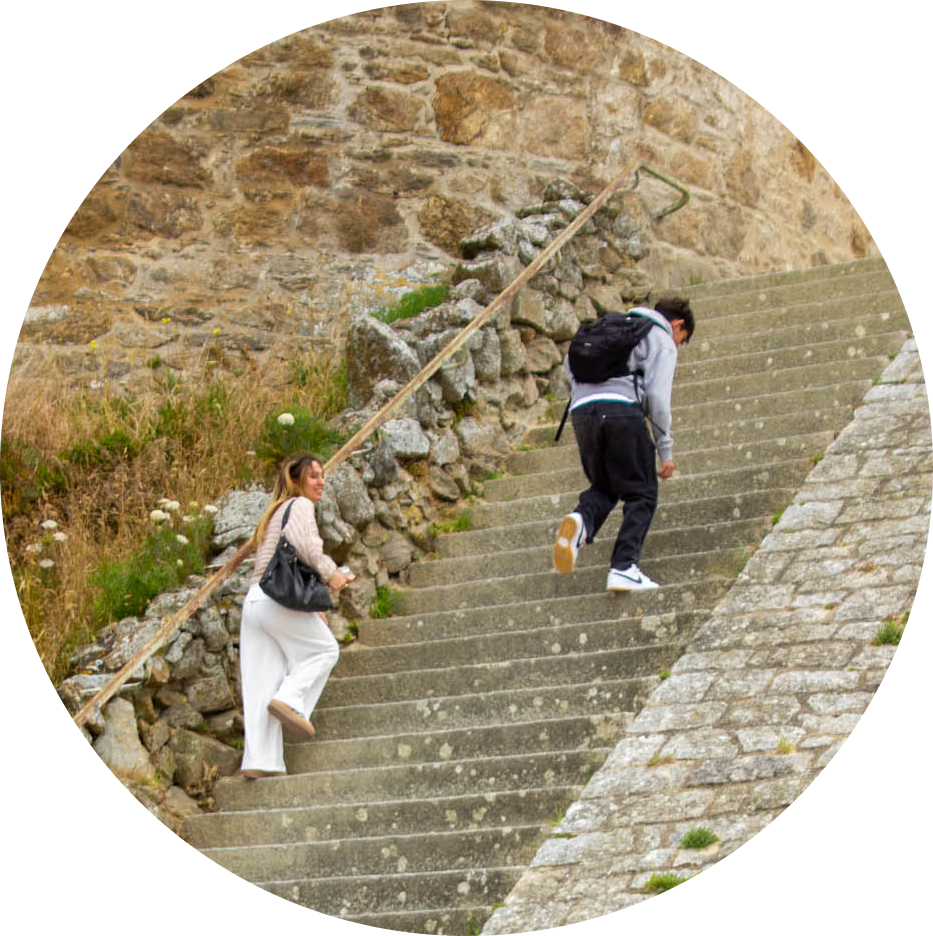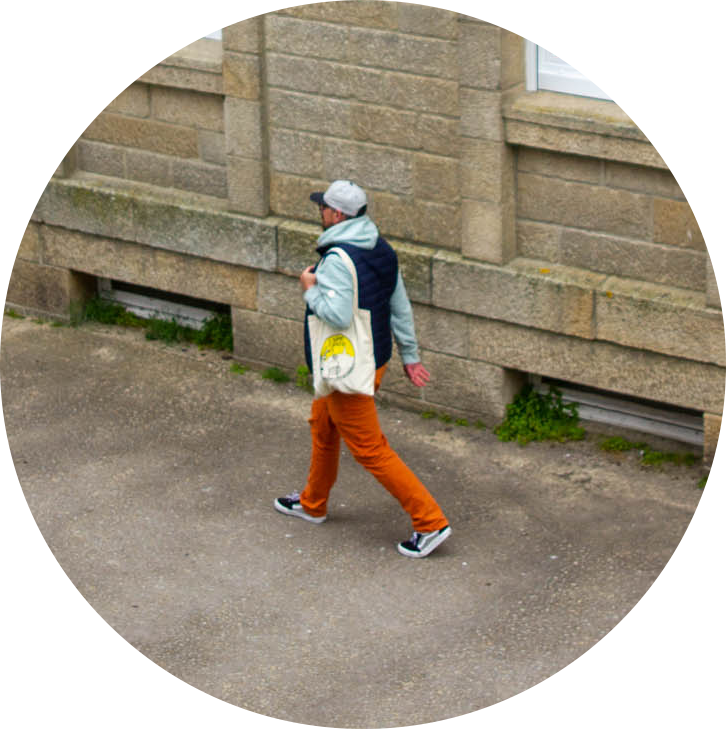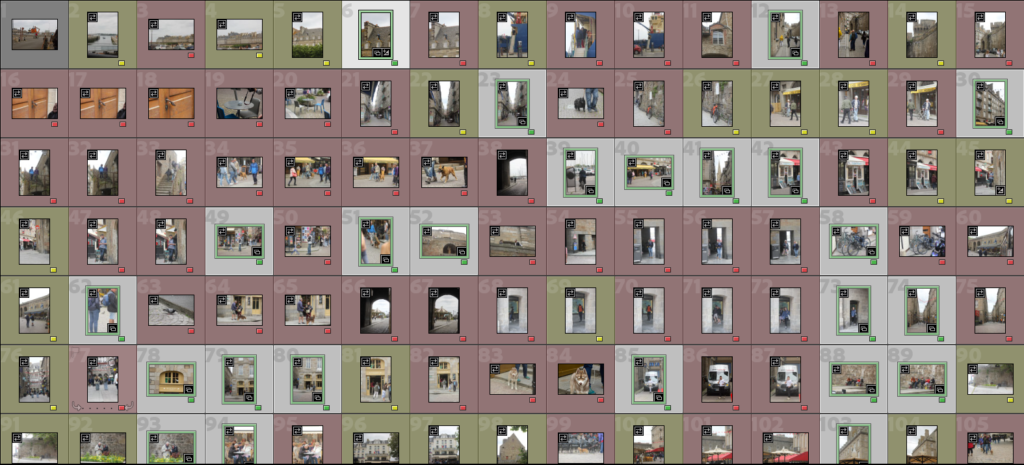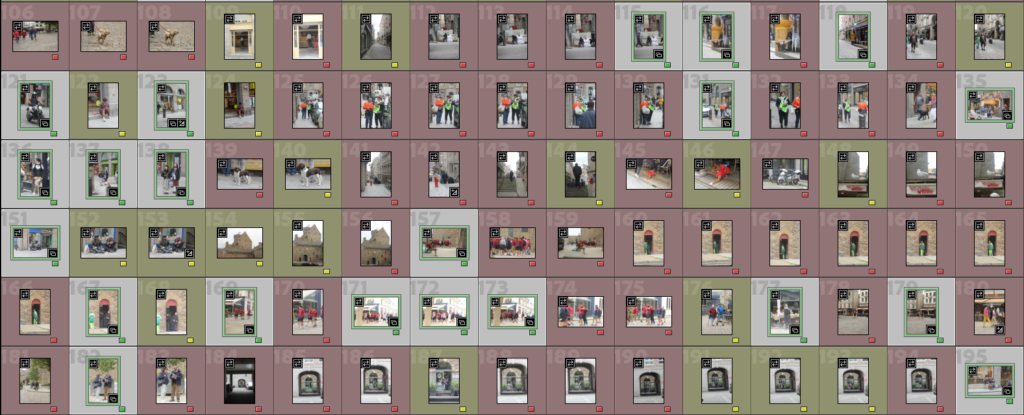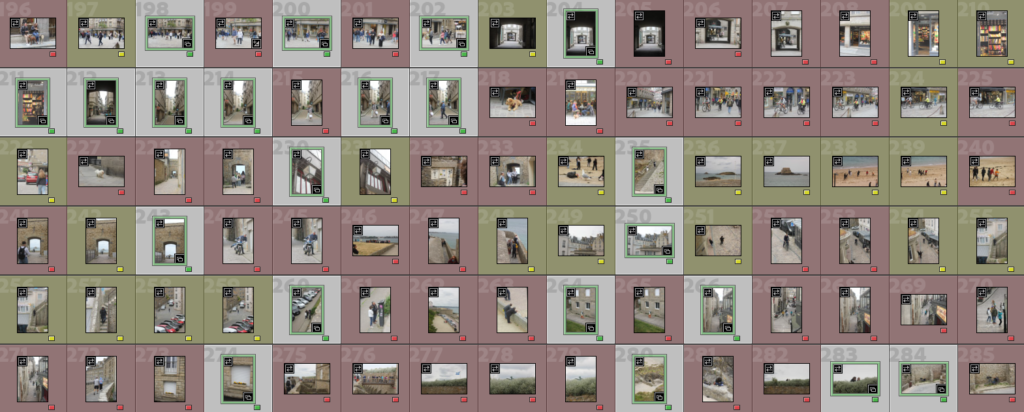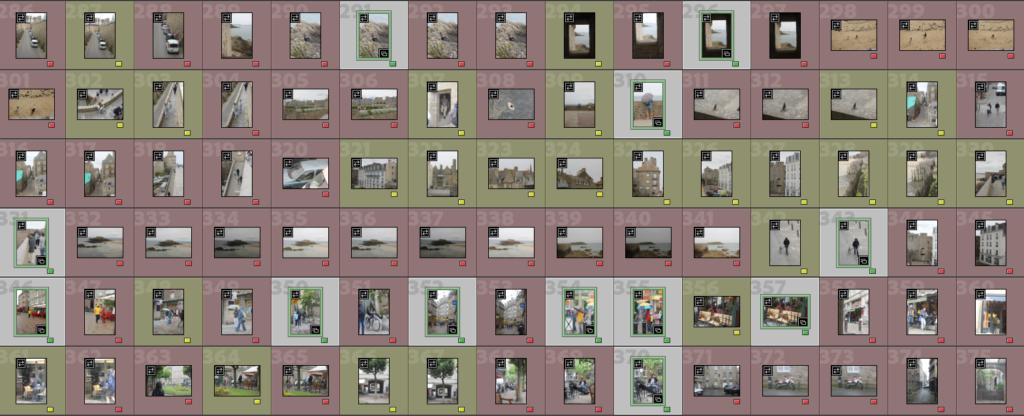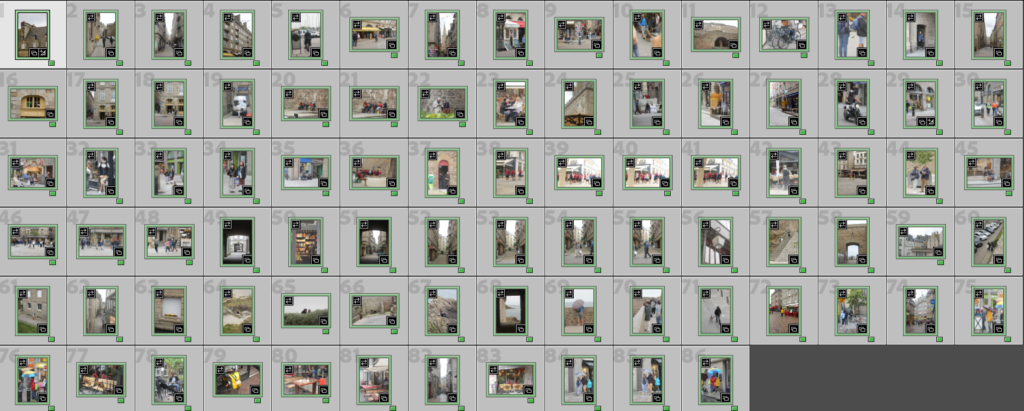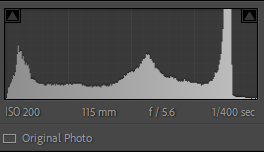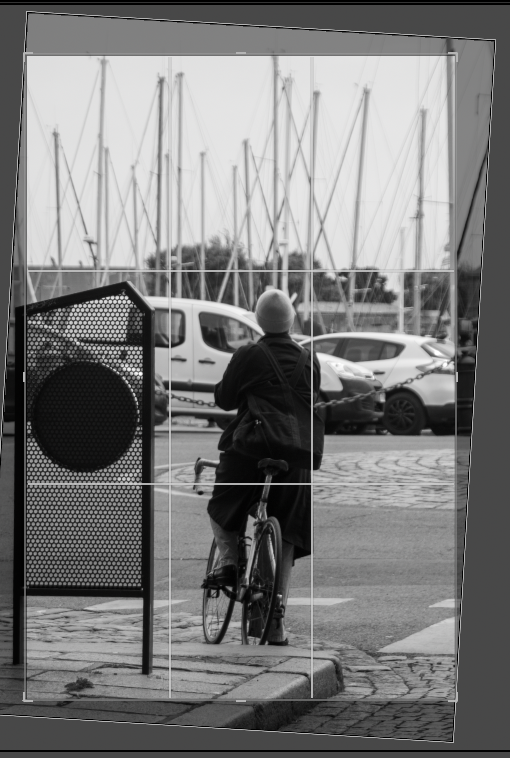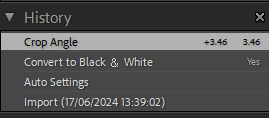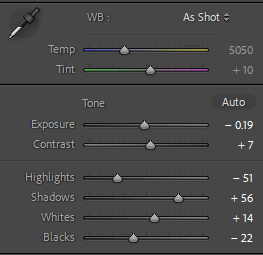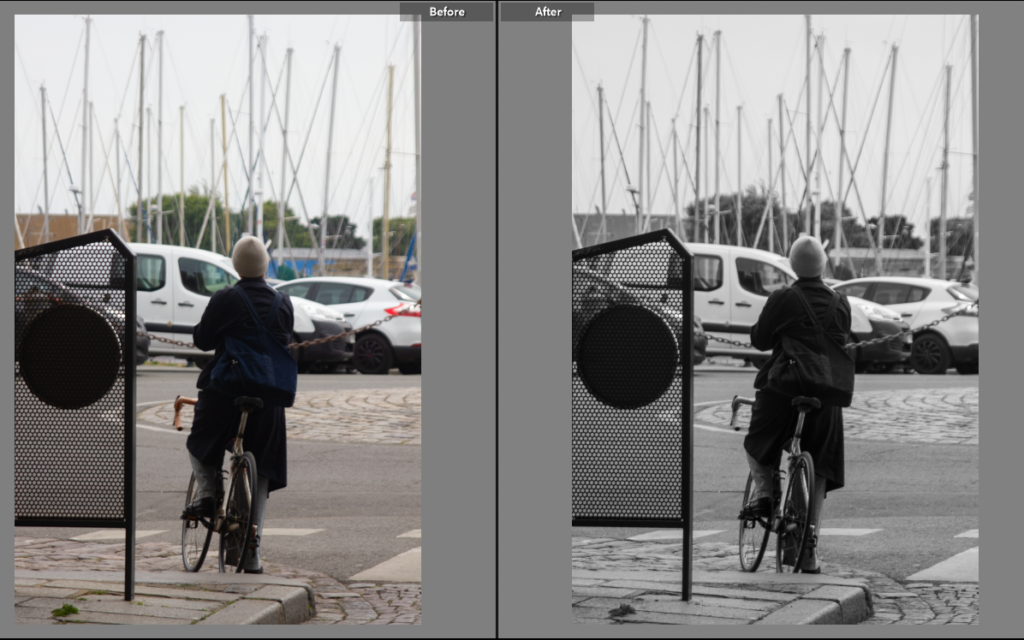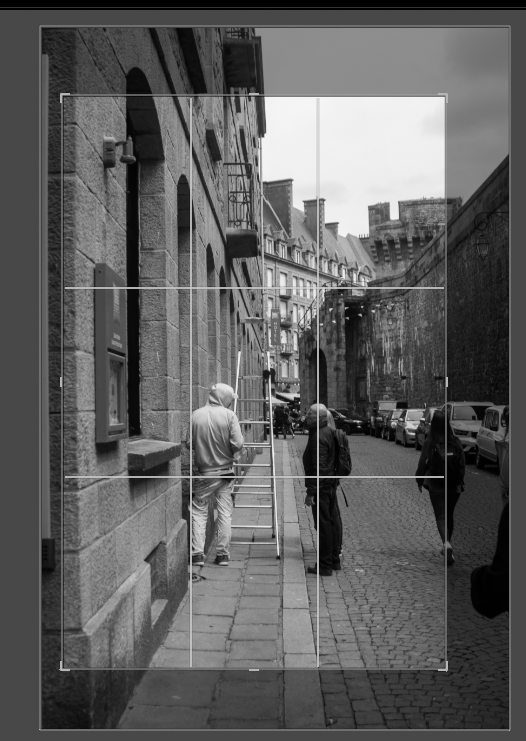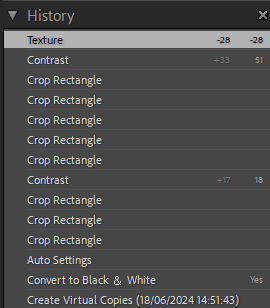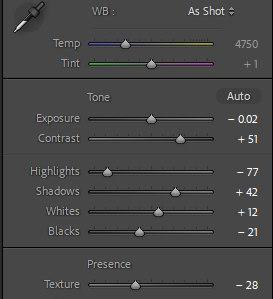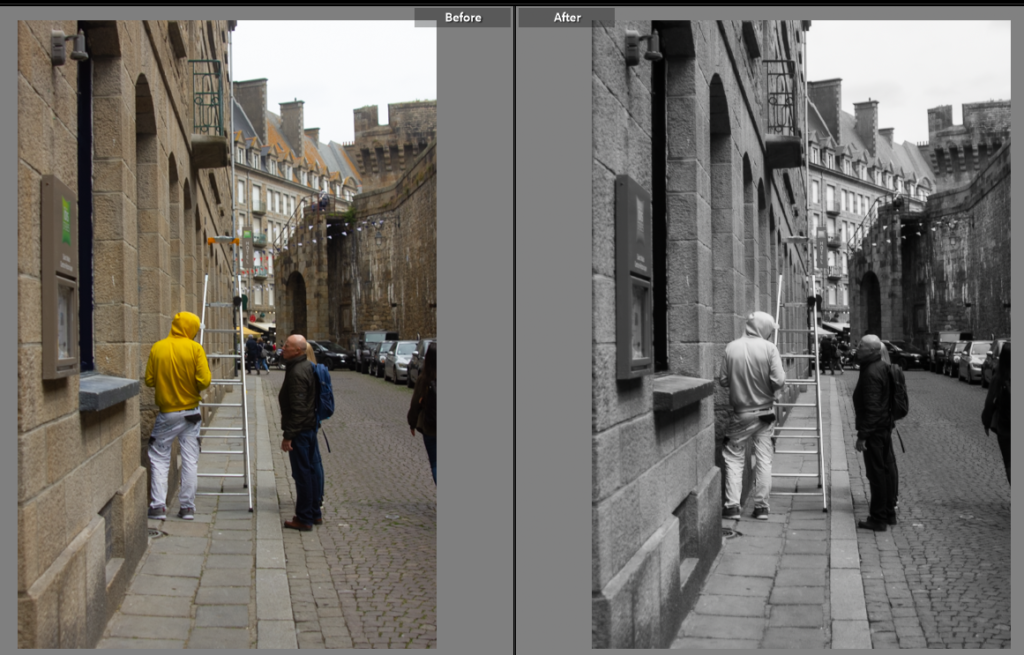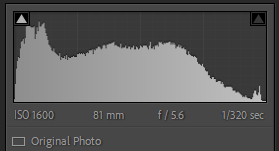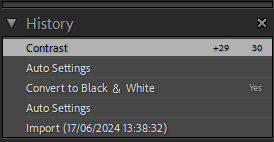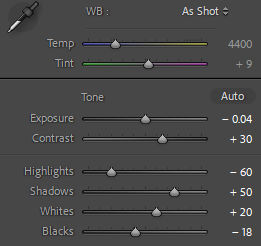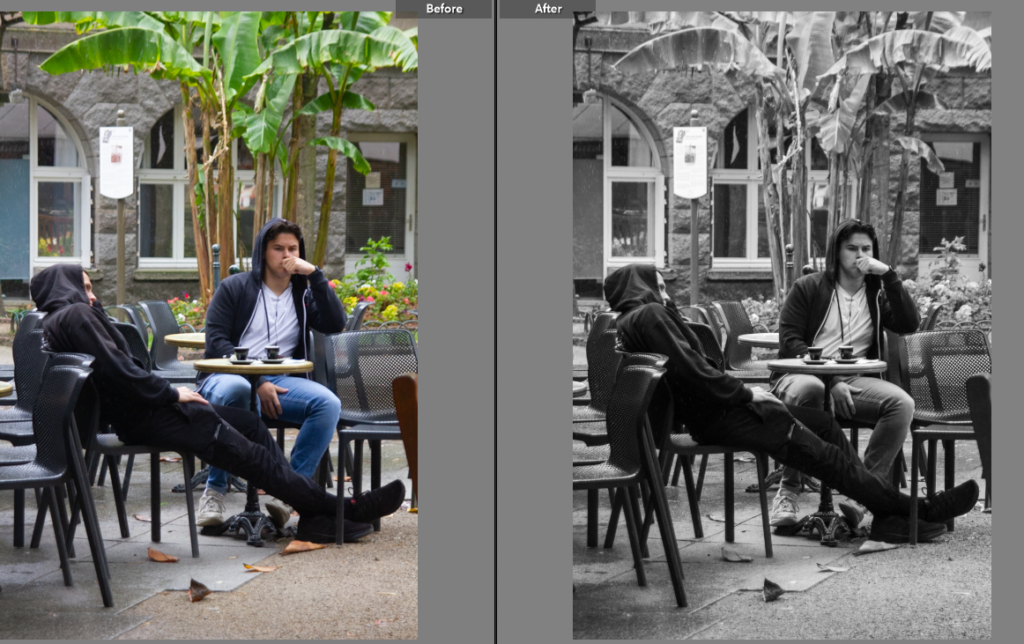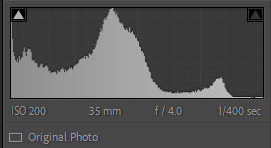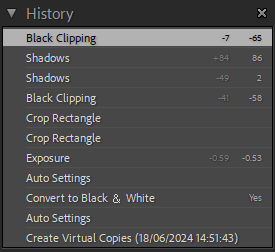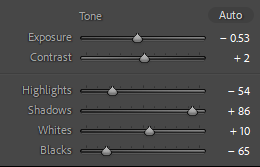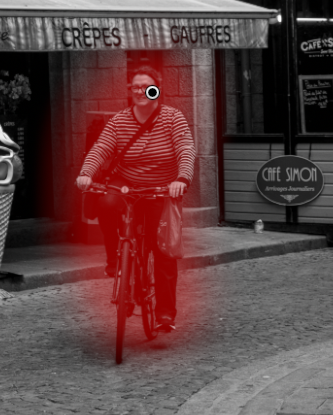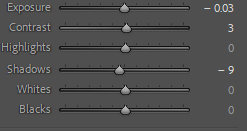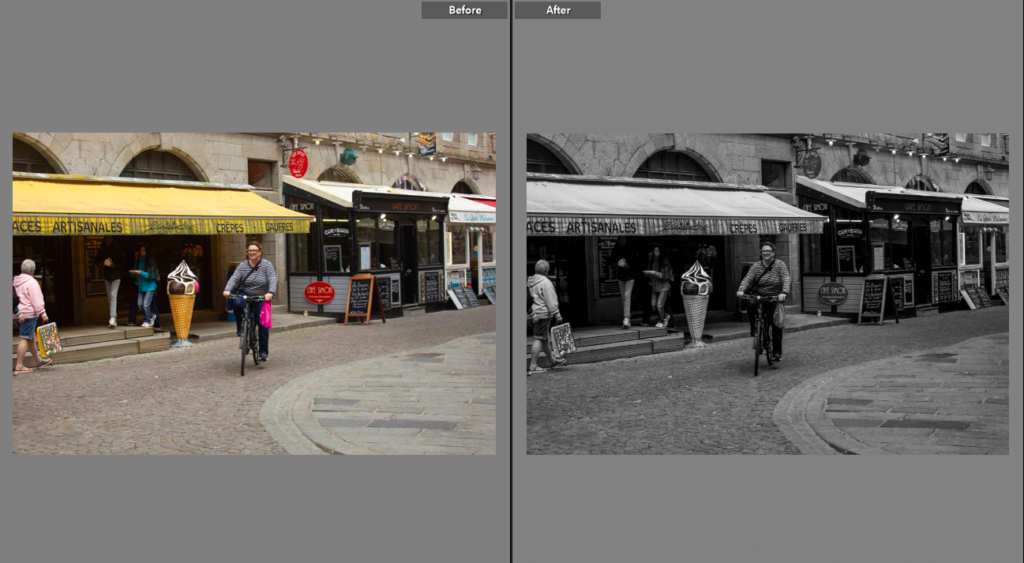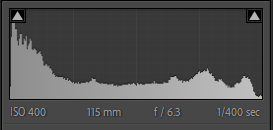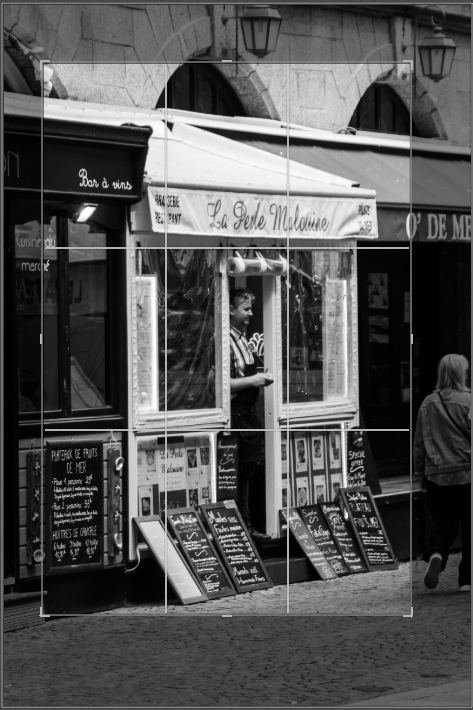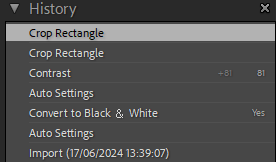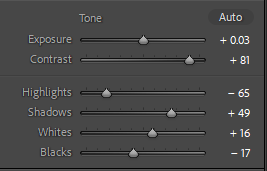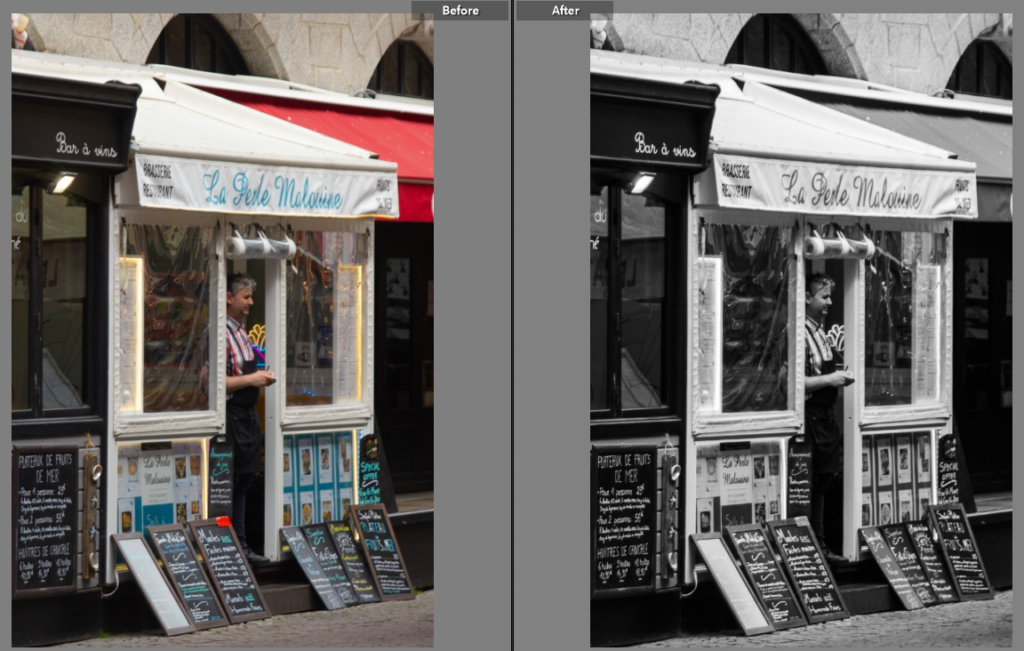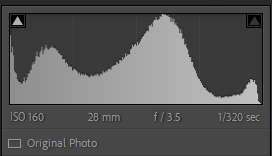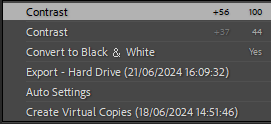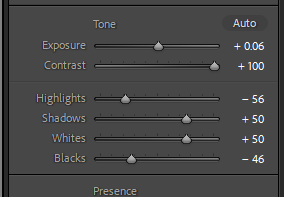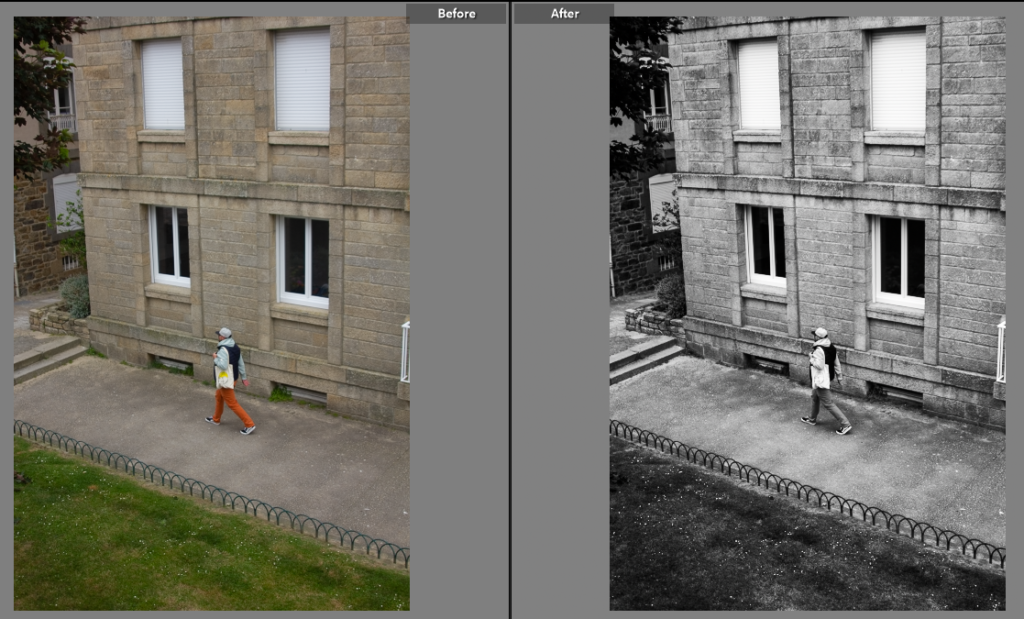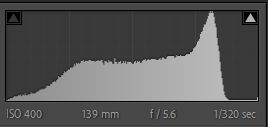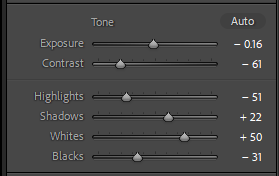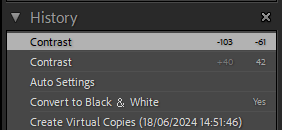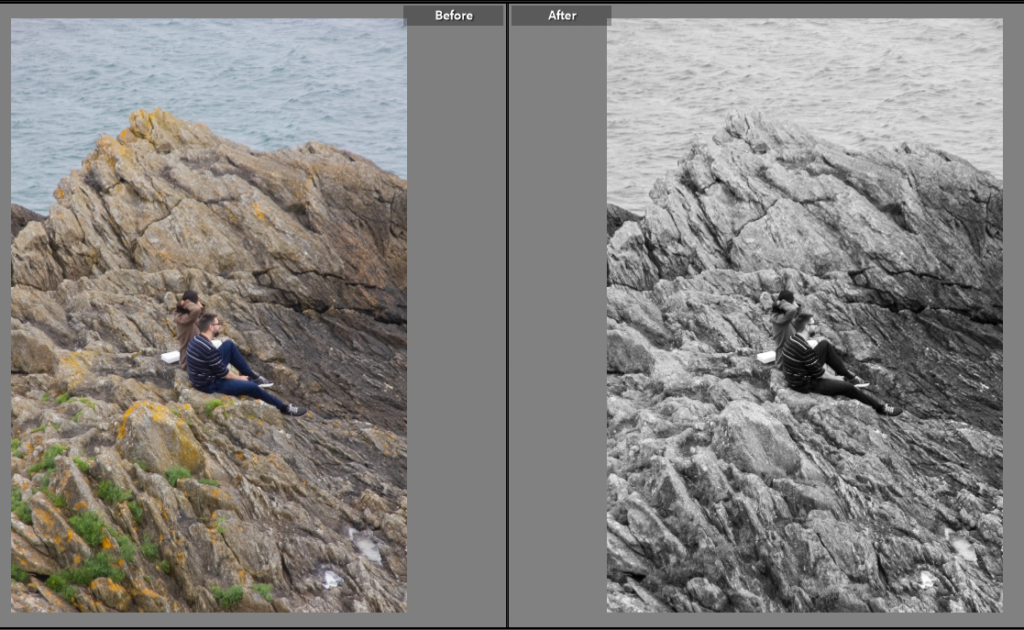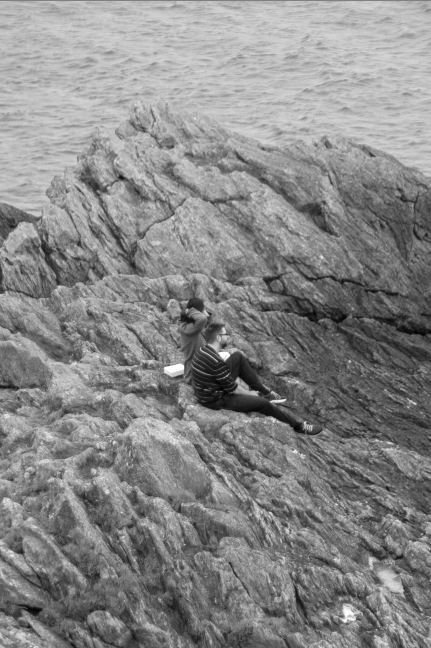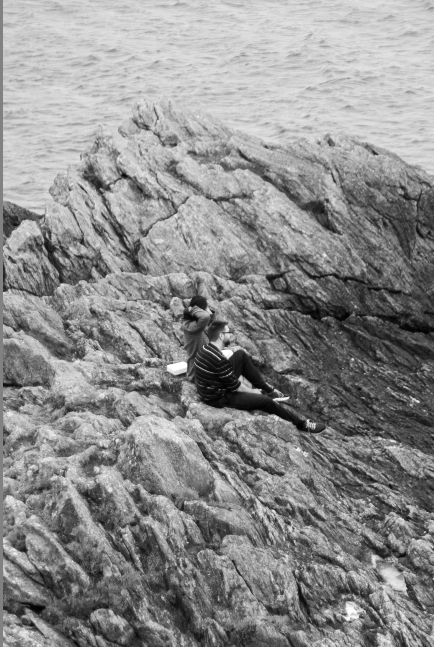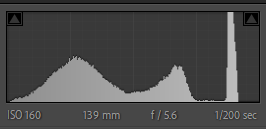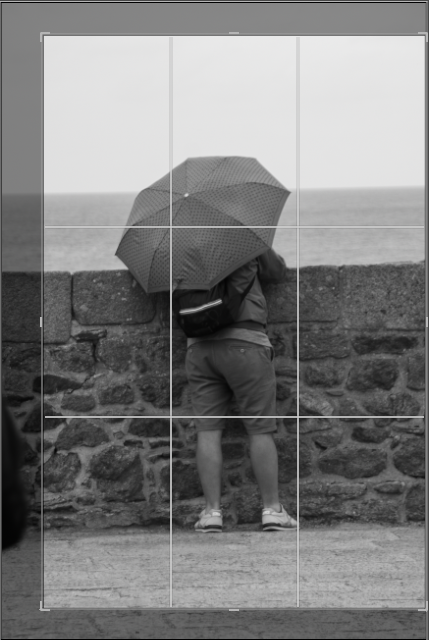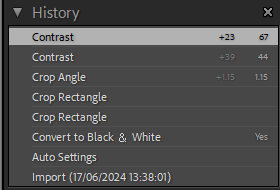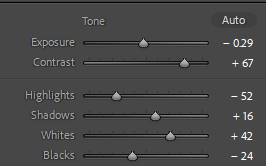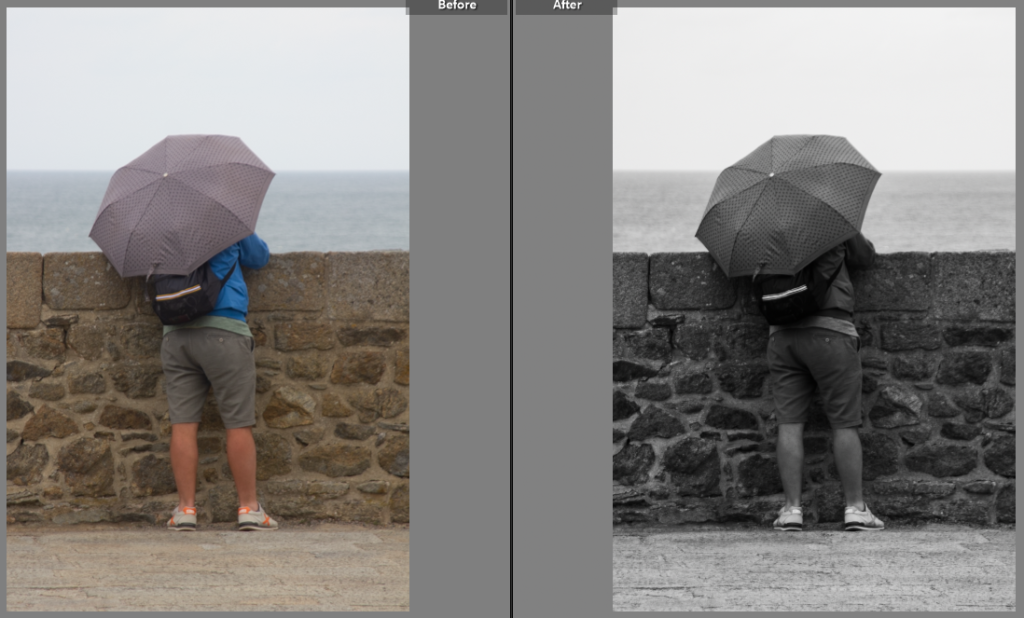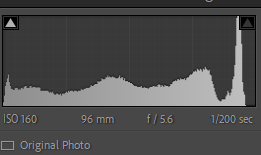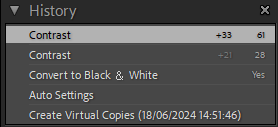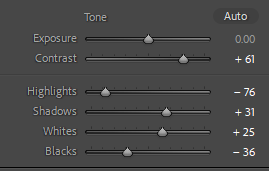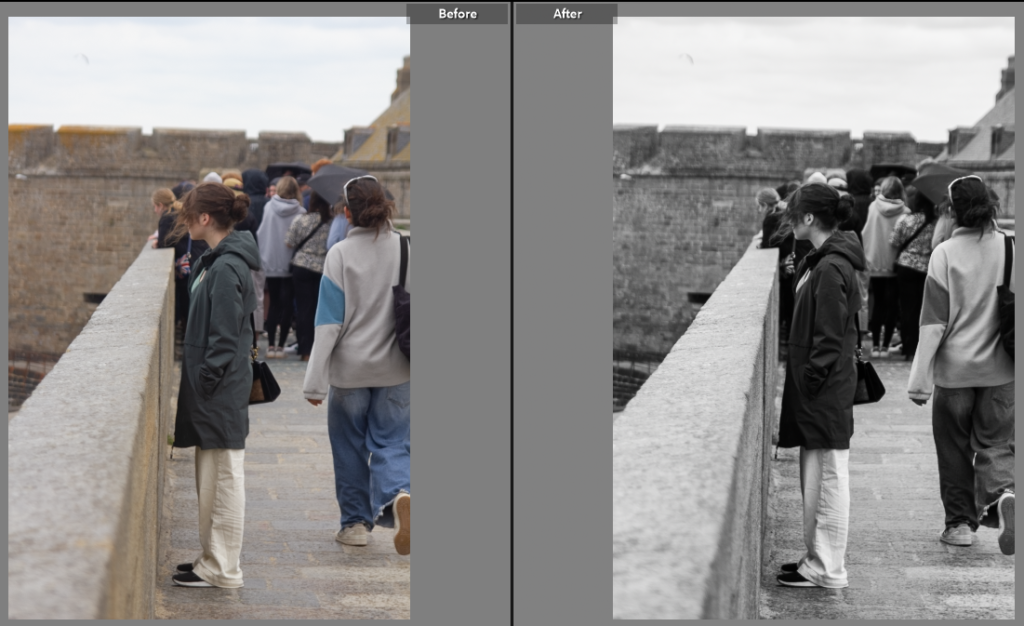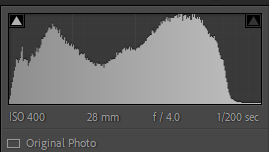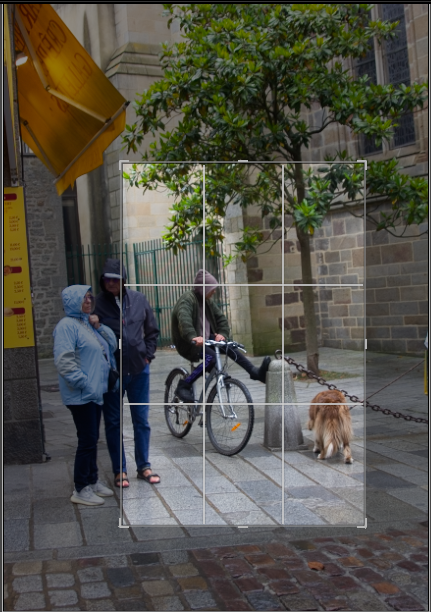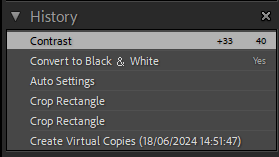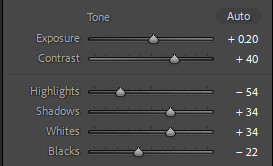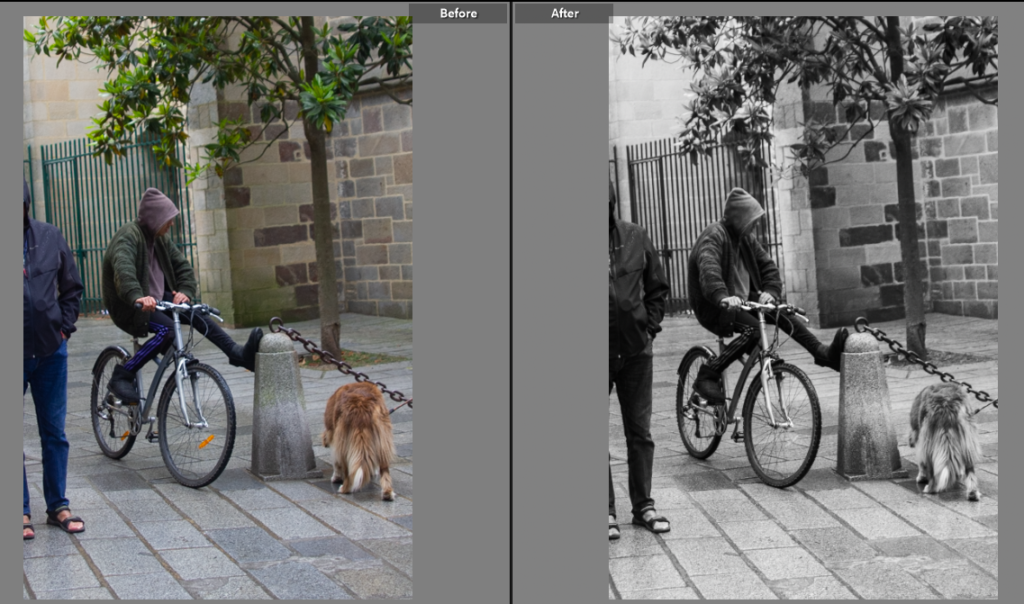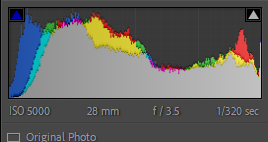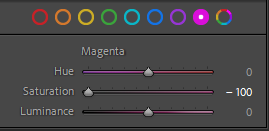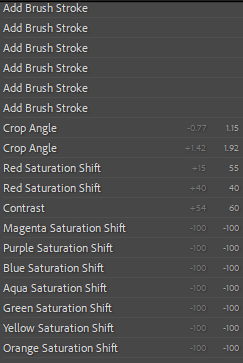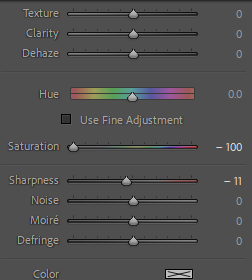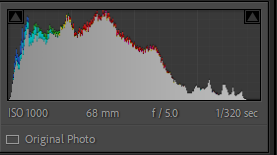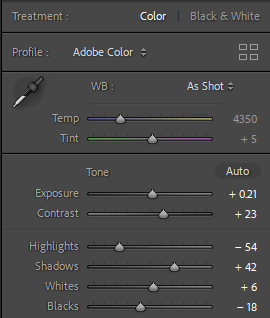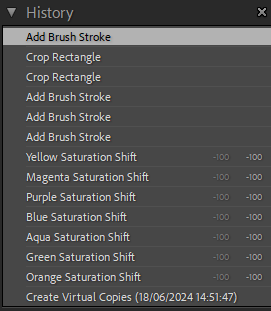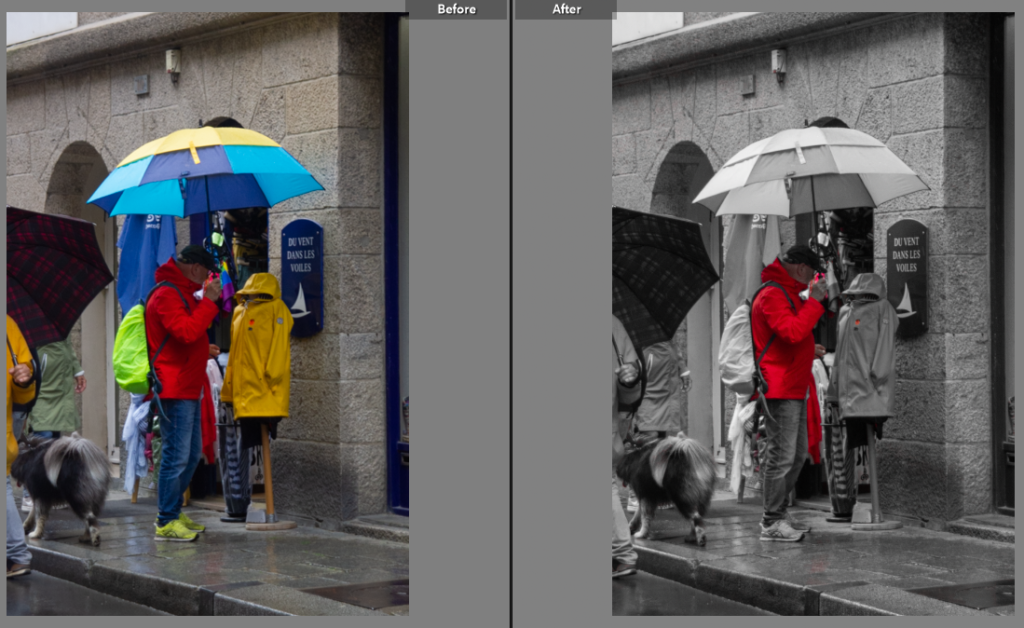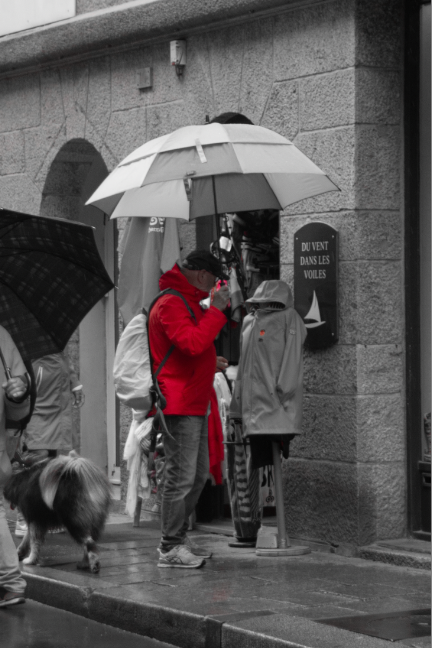Jersey is small island but it has a rich maritime history from ship building industries to cod fishing and Canadian connections. Many Jersey men would travel over to Canada to work and then return back to Jersey in the winter to work the farms, bringing resources back with them to benefit the island and thriving industries.

To what extend, has the island of Jersey benefitted from its connections with slavery in the past?
Jersey benefitted from the slave trade hugely, from getting wood from the plantations to help with the ship building industry to trading cod for slaves to help with the industries around the island. At the time this was very common practise with trader like Josué (Joshua) Mauger who had a ship building business as well as trading people. The industry of trading people themselves created many of the things we know today, like No 9 Pier Road – built by Philippe Nicolle in 1818. After Philippe inherited money from his great uncle Joshua Mauger. The inheritance of money generated partly from the transatlantic slave trade was part of Philippe’s wealth when he set himself up as a merchant and built No 9 Pier Road in 1818.

Cod trade and Jersey’s Connection

For many hundreds of years the Jersey economy was based on the maritime trades, encouraging many of the Jersey citizens to be involved with the Atlantic trade also known as the merchant triangle. This was a mixture of selling and trading, mostly trading products and manufactured goods like cod, spirits, salt, slaves and fibres. This was engineered by main components: the British Empire, other European colonies such as South America and the Caribbean. Barrels of dried cod, 1,000-2,000 quintals a year, each weighing roughly 50 kg, were traded each year through the trading triangle, this goes to how the large scale the merchants operated on. However by the end of the 1800s the cod trade died out as privateering increased and new job opportunities appeared.
Cod Trade Triangle

This diagram shows all the links between trading cod and then trading further goods between jersey and the rest of the world as well as the routes the goods took. For example, fish like cod would go from Jersey to Canada and Jersey would get labour or ship building material (at one point in time Jersey had the 4th largest ship building industry) and the Canada would export the fish to the West Indies market returning with sugar, rum or molasses.
Newfoundland and Gaspe fishing trade

In the 16th century there were many Jersey men who would launch boats and crews to Newfoundland from as early as 1562 with some men staying and returning later in the year to farm in Jersey for the winter having made a better income on the Newfoundland trips. Many ended up staying in Newfoundland working opportunities not available in Jersey itself. This continued into the 18th and 19th century when the Gaspe fishing v trade started to appear, similarly the Jersey men would leave to work a season and then return or again many stayed taking opportunities not available to them at home.
Charles Robin
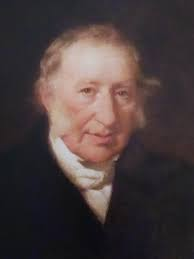
Charles Robin was one of Jersey’s main cod merchants who created his own company in 1766. His headquarters was in Gaspe. His trade specifically was two types of salted cod, a green and a yellow, the green having a shorter shelf life than the yellow but the yellow being more time consuming to produce. Robin would then complete a trip to the plantations providing the green cod for the slaves, in return he would get produce from the plantation like rum, sugar, coffee and cotton to then make the trip to Jersey and other places to begin the trading process again.







